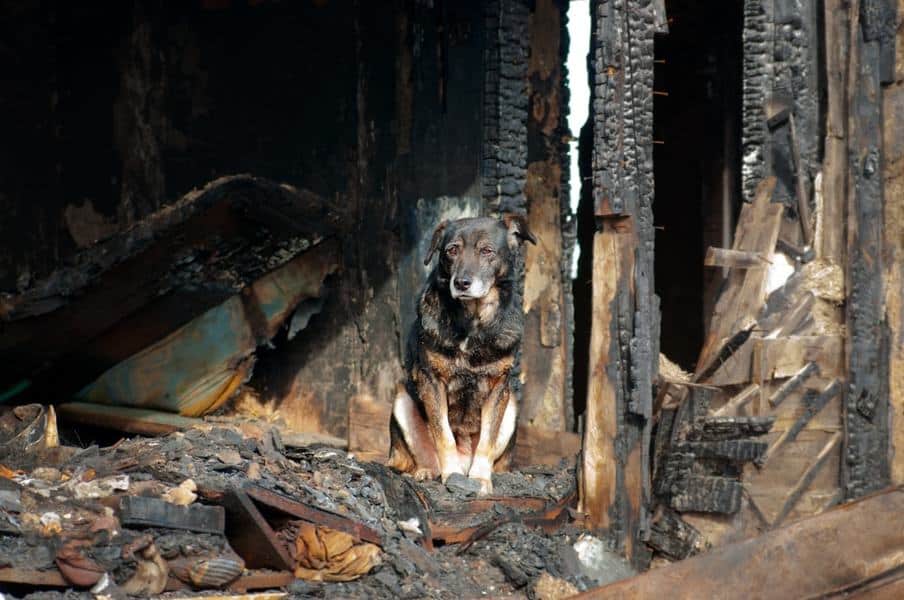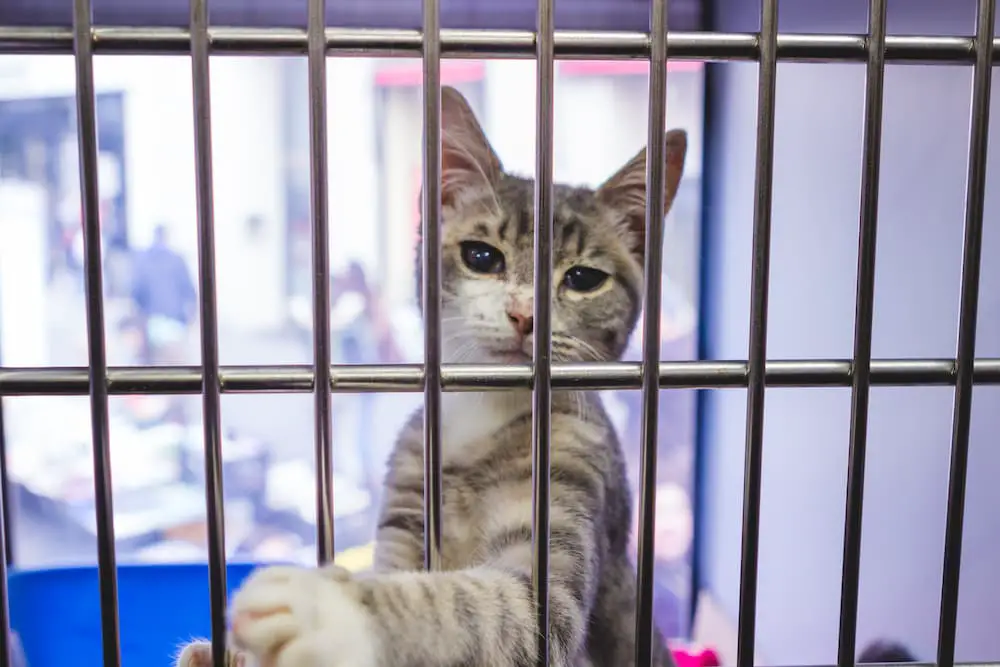Having a pet can be a real learning curve, but there’s one aspect of pet parenthood that leaves no room for error: fire safety for four-legged friends.

The National Fire Protection Association (NFPA) reports that more than 500,000 pets are affected by home fires each year.
With that startling statistic, we’re revealing the most common fire-safety mistakes people make:
Mistake 1: Forgetting the first line of defense
Petplan says prevention is the most important part of fire safety with four-legged friends, and many pet parents overlook these rules of thumb:
- Replace traditional candles with flameless ones, remove or cover oven knobs (the NFPA says a cook top is the number one agent involved in pets starting fires), secure wires and cables out of paws’ reach to prevent chewing, and always use a fireplace screen.
- Keep fresh batteries in smoke detectors and test them often to ensure they work properly.
- Have at least one home fire extinguisher, check it regularly, and be sure every member of the household knows how to use it.
Mistake 2: Not having an exit plan
Every home should have an evacuation plan for their pets, but this is one safety measure many pet parents skip:
- Keep leashes or carriers in an accessible place close to the exits and be sure your pet is wearing an ID tag (keep a spare on the leash/in the carrier if your pet doesn’t usually wear a collar).
- Pick several escape locations, in case you’re unable to take your preferred route, and designate duties for each household member. It should be one person’s job to grab the pets and another’s to gather supplies.
- Consider packing a “go” bag with items like a harness, calming remedies, basic first-aid supplies, food & water, and a familiar t-shirt or blanket to provide some of the comforts of home.
Mistake 3: Not planning for when pets are home alone
The scary truth is that pet parents aren’t always home when a fire starts, leaving pets especially vulnerable to injury. Petplan encourages pet parents to:
- Secure pets near an exit if they are crated while home alone, or keep them confined to the first floor so responders can reach them faster.
- Put a pet rescue alert in the front window to let first responders know there are pets in the house that need to be found (and where they may be hiding).
- Consider using monitored smoke detectors to provide an added layer of protection beyond battery-operated smoke alarms. In a situation where pets are home alone, these systems trigger emergency personnel to be dispatched as soon as a smoke alarm goes off in the home.
“No one wants to imagine a fire threatening their home—let alone the life of their pets,” says Natasha Ashton, co-founder and co-CEO of Petplan. “But preparedness is power, and every pet parent should do their due diligence to ensure pets are as safe and protected as possible.
If you’re not making any of the mistakes above, then paw it forward by donating or fundraising on behalf of your local fire department to purchase pet oxygen masks. In most states, emergency responders lack the equipment to resuscitate pets. The next best thing to saving your own pet’s life could be saving your neighbor’s.”
* according to Petplan claims data 2012-2016.
The Catington Post is reader-supported. That means, if you make a purchase through links on our site, we may earn an affiliate commission. All images and names which are not the property of The Catington Post are the property of their respective owners.






